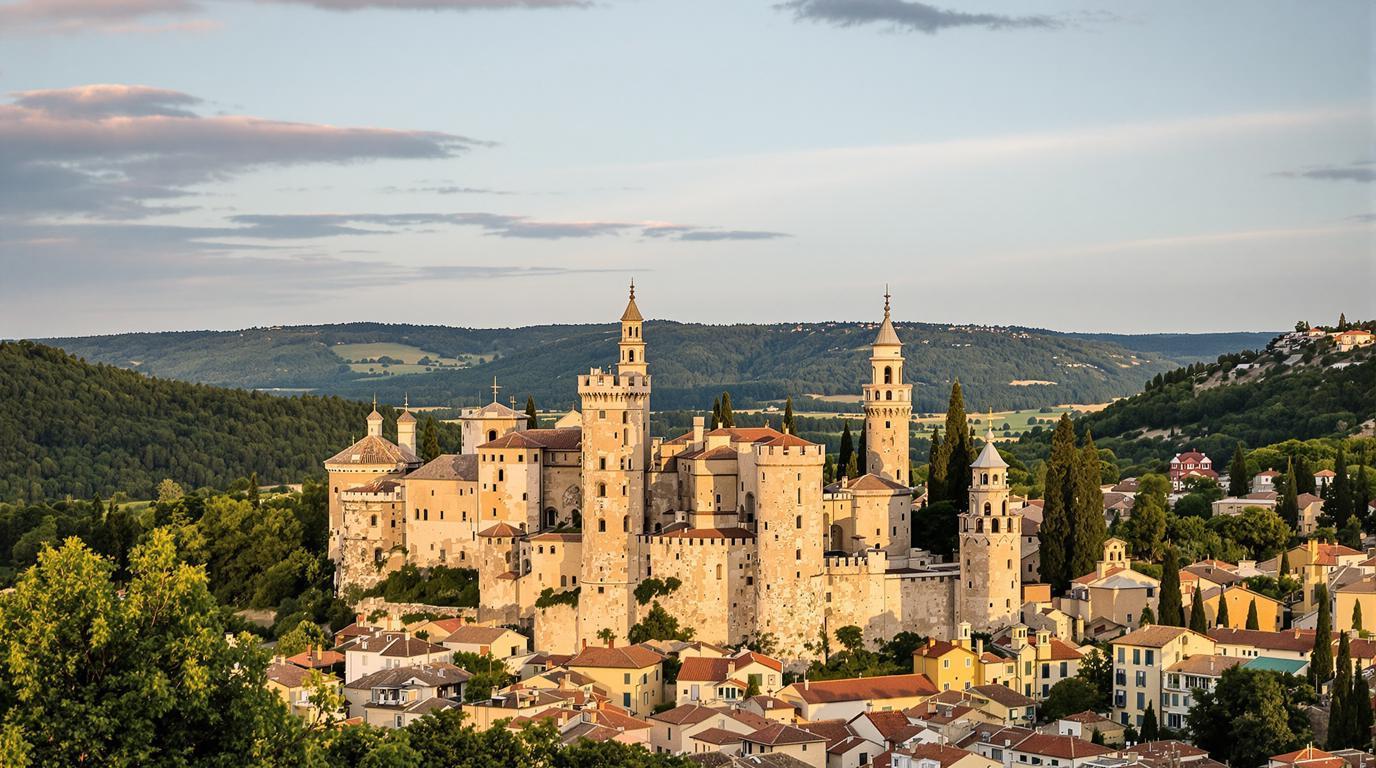La Môle might be France’s best-kept secret—a charming village where authentic Provençal life unfolds against a backdrop of pine-covered mountains and vineyards. With fewer than 1,000 residents, this hidden gem in the Var department offers travelers something increasingly rare in the Instagram era: genuine tranquility and cultural richness without the crowds.
The village where “The Little Prince” found inspiration
Antoine de Saint-Exupéry, the famed author of “The Little Prince,” once lived in the 11th-century Château de la Môle. Walking these streets, you can almost imagine the aviator-turned-author sketching his famous characters while gazing at the same Mediterranean light that bathes the village today.
“La Môle retains what much of the Côte d’Azur has lost—an authenticity where time moves slowly and neighbors still know each other’s names,” explains Marie Laurent, a local winemaker whose family has lived here for generations.
Nature’s masterpiece: Barrage de la Verne
Just outside the village, Le Barrage de la Verne creates a shimmering turquoise lake nestled between forest-covered hills. Families and casual hikers follow gentle paths along its shores, where the Mediterranean climate keeps temperatures pleasant even when nearby coastal destinations become uncomfortably hot in summer.
Provençal wine: The secret vintages of La Môle
While Saint-Tropez’s rosé gets all the attention, La Môle’s Domaine Murennes and Domaine Siouvette produce exceptional wines in relative obscurity. These family-run estates offer intimate tastings where visitors drive through sun-dappled vineyards before sampling award-winning bottles rarely found outside the region.
The Sunday market: A sensory time capsule
Every Sunday morning, the village square transforms into a kaleidoscope of Provençal life. Unlike the tourist-oriented markets of larger towns, La Môle’s gathering remains remarkably authentic—farmers selling produce harvested that morning, artisans offering handcrafted goods, and locals exchanging weekly gossip over cups of strong coffee.
A village festival that defies modern tourism
For three days during July’s third weekend, La Môle celebrates its annual festival with a spirit rarely found in more commercial destinations. Traditional music, games, and communal meals create an atmosphere that feels more like stepping back in time than visiting a tourist attraction—making it a refreshing alternative to the overcrowded hotspots elsewhere.
Massif des Maures: Hiking trails without the crowds
The surrounding Massif des Maures hills offer spectacular hiking opportunities without the crowds found in more famous natural areas. Pine and walnut forests create cool green tunnels even in summer, opening occasionally to reveal panoramic views that stretch to the Mediterranean on clear days.
“The magic of La Môle is that you can walk for hours and encounter only nature,” says Jean Dupont, a local guide. “It’s the Provence that existed before tourism changed everything.”
La Môle-Saint-Tropez Airport: The billionaire’s backdoor
Ironically, this peaceful village hosts a small international airport that serves as the discreet entry point for celebrities and wealthy visitors heading to Saint-Tropez. While private jets occasionally cross the skies above, the village remains untouched by the glamour of its famous neighbor, creating a fascinating contrast between two different worlds.
A gateway to unexplored Provence
Using La Môle as a base, travelers can easily explore nearby villages like Grimaud and La Croix-Valmer, following routes that reveal landscapes as stunning as those found in more heavily promoted destinations. The difference? You’ll often have these views entirely to yourself.
For travelers weary of overtourism and seeking authentic experiences, La Môle represents the France that existed before Instagram geotags and tour buses. Here, where the Massif des Maures meets the Mediterranean spirit, you’ll discover not just a destination but a way of life that continues to thrive in beautiful obscurity—a rare find in today’s connected world that rivals even remote paradise islands in its preservation of authentic culture.
